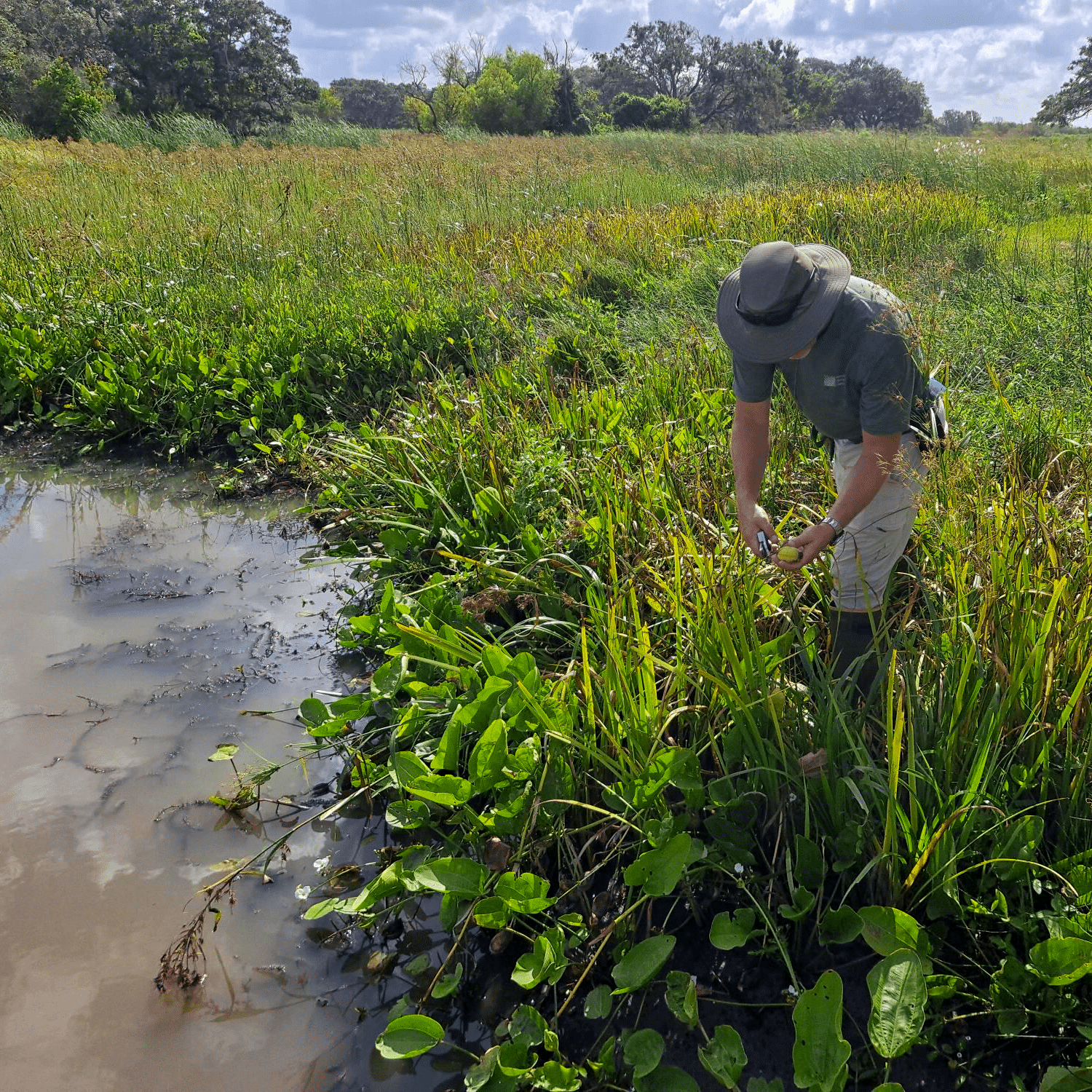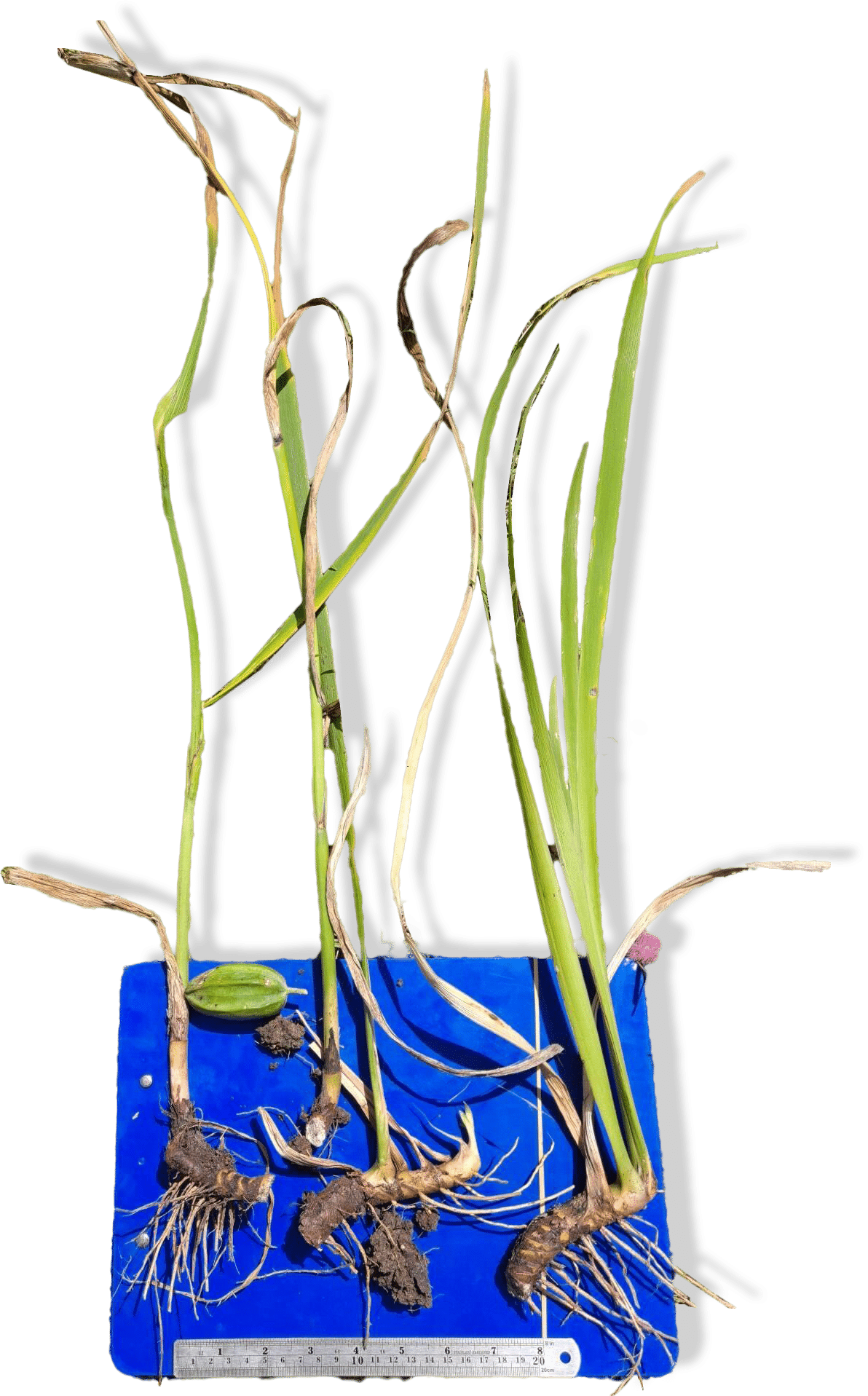Conservation efforts grow alongside Garden’s living collections
Members of our horticulture staff – who recently returned from the Texas Plant Conservation Conference in Fort Worth, and know many of the people who were on that expedition to find Q. tardifolia, are inspired to do conservation work alongside their regular responsibilities, while the Garden awaits the right timing to get a full-fledged conservation program going. Some of the genera we are already working to conserve and display include Louisiana Iris (some of which are also native to Texas), Quercus (oak), Magnolia, and Sarracenia (pitcher plants).


Louisiana Iris
Recently, Francisco de la Mota, the Garden’s Director of Horticulture, and myself (Brent Moon, Horticulture Manager) spent a day collecting wild Louisiana Iris at San Bernard National Wildlife Refuge, with the permission of the Fish and Wildlife Service. We collected both rhizomes and seed from plants at different locations around the refuge. We will grow these out for protection – Louisiana Iris are considered an at-risk species due to habitat loss from development – and eventual display at the Garden, as well as for potential projects with the Society for Louisiana Iris (SLI), who work to protect these species too.
Quercus
The Garden is also currently growing several species of oaks considered rare or endangered, including: Q. acerifolia, Q. arkansana, Q. georgiana, Q. laevis, Q. laceyi, and Q. insignis. I attended the International Oak Society (IOS) Conference in Las Cruces, N.M., last September to learn more about the endangered western species of oak, as well as to view them in habitat as a part of the Garden’s work with the Global Conservation Consortium-Oak (GCCO). In connection with these efforts, members of IOS will visit the Garden this month during their Open Oak Days tour.
Magnolia
In addition, the Garden is growing Magnolia ashei, M. tamaulipana, M. guatemalensis, M. virginiana, and others, with plans to add more in the future. Last year, Fran and I contributed to the ecology and distribution description for Magnolia tripetala for the Global Conservation Consortium-Magnolia (GCCM) Conservation Gap Analysis of Native Magnolias of the U.S. and Canada.
These early efforts in plant conservation are likely to grow in the future as staffing and funding allow. We are committed to conservation in natural habitats (in-situ) and in protected spaces outside them (ex-situ), and we appreciate the support of our donors and members in carrying out this important work.
– Brent Moon, Horticulture Manager